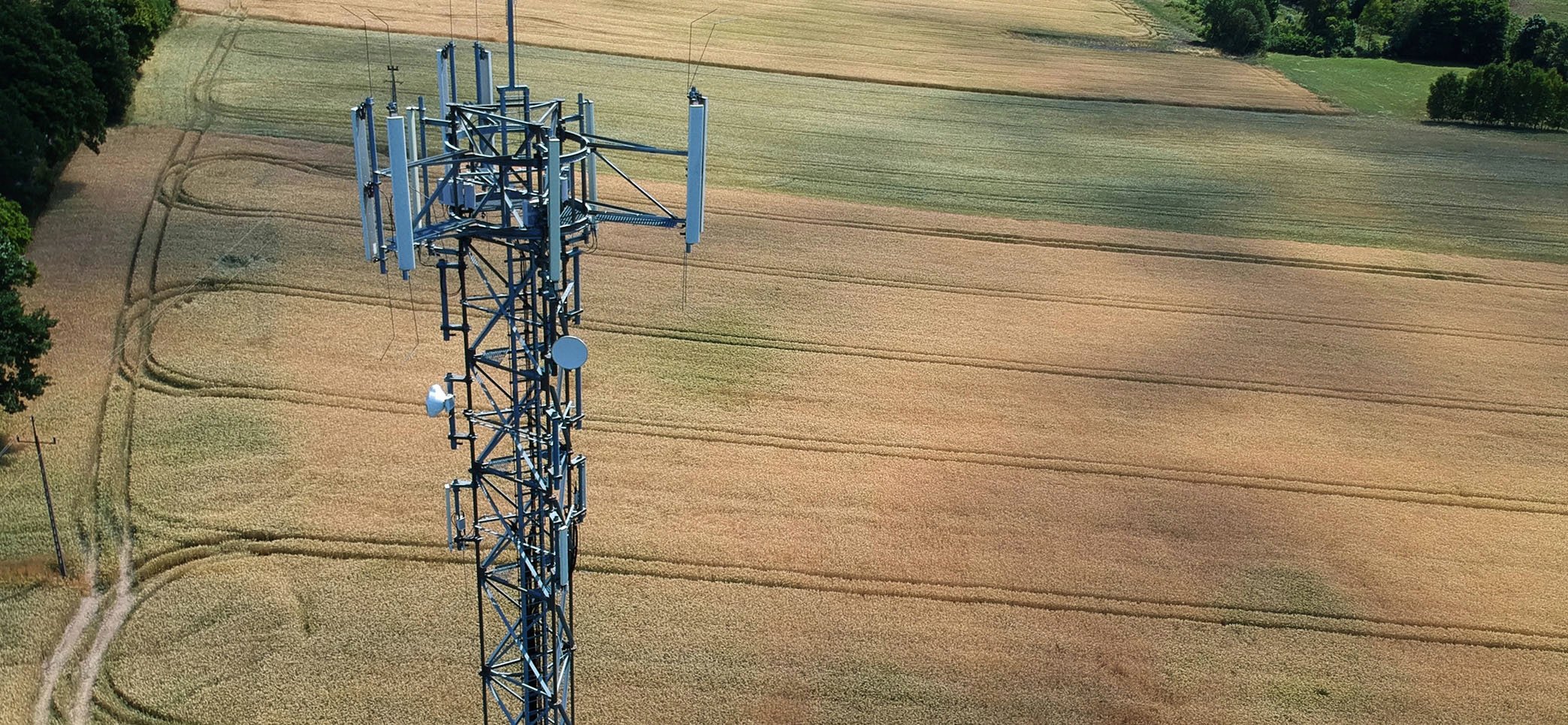In our conversation with Mark about his hybrid fiber-wireless ISP, we discussed the evolution of his company. We learned how they've implemented fiber and wireless into their network, as well as the impact each has had on their growth. Here are Mark's answers to the questions we asked:

What can you tell us about your company and your role there?
“Originally an electrical contracting company in the 60s, we evolved into an electrical engineering firm in the 80s. I started with the company in 1987 working with Industrial Control Systems as an electrical engineer. Eventually, one of the owners moved to an area of Ohio that had no internet service available, and we decided to handle the connectivity ourselves. We ordered a T1, a dial up modem bank, and a couple of computers, and we were ready to go.
“We didn’t know as much as we thought we did, but we learned quickly. It wasn’t long before we expanded our service area to other cities, and business took off in 2003 when we added fixed wireless as a last mile delivery solution. In 2007 we started offering residential internet service.”
What were your initial offerings?
“We started with dial up, then tried DSL for a short time before moving to fixed wireless within a couple of years. More recently we’ve been using fiber for some portions of our network.”
When did you start using wireless, and how has it helped your business grow?
“When we started using wireless in 2003, we found it to be cost effective, and it gave us control of the customer experience from end to end. We were no longer at the mercy of the phone companies. All of the revenue was ours to keep, and repairs could be handled in a timely manner. Prior to using wireless, we would be waiting on the telephone company’s service techs to make the repairs, and they usually tried to steal customers from us while on the service calls!
“Since the beginning, our goal has been to provide high quality broadband Internet service to areas that the larger providers were neglecting. Today, we use fixed wireless to provide affordable, reliable broadband Internet access to thousands of households and businesses throughout northwest Ohio, and have started competing head-on with the major carriers. Our standard residential plans range from 2/1 to 25/3 (up/down Mbps) on wireless plans, and high capacity wireless plans are available to business customers who have special requirements.”
When did you start using fiber, and how has it helped your business grow?
"We started using fiber about five years ago when we realized it was a more practical way to get the required bandwidth to our tower sites, as opposed to Part 101 licensed fixed microwave. Many of our tower sites are in small villages where it’s difficult to compete with cable due to line-of-site issues. Since we were building fiber to our tower sites, we were able to add Fiber-to- the-Home (FTTH) service in the villages for little additional cost. It proved to be a win-win, allowing us to compete effectively with cable in the villages, while increasing speed and capacity for our wireless customers further out."
“Our fiber packages today include both 100 Mbps/100 Mbps and 1 Gbps/1 Gbps. The interesting thing is that even customers connected at gig fiber speed rarely use more bandwidth than our wireless customers.”
Describe solutions in which you are combining fiber and wireless:
“Like most WISPs, we have a fiber connection to the backbone that feeds bandwidth to our wireless network. Since we still focus on our wireless offerings, and are relatively new to fiber, we haven’t combined the usage of fiber and wireless in the same solutions just yet. However, as I mentioned above, we have begun offering FTTH for some subscribers. In that sense, we are diversifying our offerings and adopting a hybrid strategy.”
What advice would you offer to ISPs regarding fiber, wireless, and the hybrid approach?
“Cash is king, and don’t run out! Our wireless business is built on cash flow, whereas our fiber business is financed. We’ve needed to educate investors, because they don’t initially understand the subscription model and the value proposition of fiber networks. Fiber also has a four to five year ROI versus roughly 8 months for wireless. However, fiber is a 20+ year asset, compared to the wireless equipment which we consider to have less than a five year useful life. Each ISP must remain agile and figure out what it takes to connect more subscribers, according to their demands, in ways that are financially solvent.”
To learn more about Hybrid Fiber-Wireless ISPs, download our free quick guide below:
